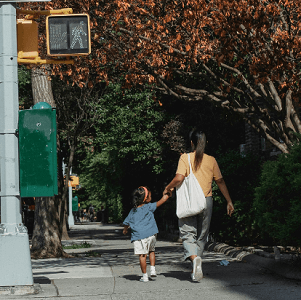A new study by the Public Health Institute’s Public Health Alliance of Southern California has unveiled startling insights into the relationship between community conditions and mortality rates in California. Using the Healthy Places Index (HPI), researchers found that improving social determinants of health could have prevented up to 24% of all deaths and a staggering 72% of COVID-19 deaths in the state.
The HPI, a composite measure of 23 community factors including economic standing, education, housing, and environmental quality, demonstrates that where people live, work, and play significantly influences their health outcomes. Tracy Delaney, Founding Director of the Public Health Alliance of Southern California, emphasizes, “This study clearly demonstrates that where you live, work, learn, and play is a matter of life and death.”
The research highlights that unequal neighborhood resources and systemic racism drive substantial differences in mortality rates across racial and ethnic groups. Notably, about 65% of preventable deaths occur in working-class, middle-class, and upper-middle-class areas, indicating the widespread impact of these disparities.
Helen Dowling, Director of Data Initiatives, points out the opportunity to save lives by addressing both place-based inequities and structural racism. The study advocates for integrating social determinants of health measures into routine mortality surveillance to inform public health policy and evaluation.
The HPI has already guided critical interventions, including California’s equity-focused COVID-19 vaccine rollout, which prevented over 160,800 COVID-19 cases and 675 deaths. As Dr. Neil Maizlish notes, these findings have implications beyond California, underscoring the universal need to address health inequities to improve outcomes and save lives across communities.
See “Improving Community Conditions Could Save Tens of Thousands of Lives Annually” (December 17, 2024)


